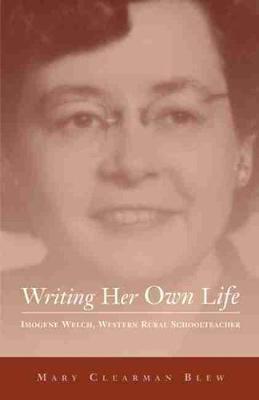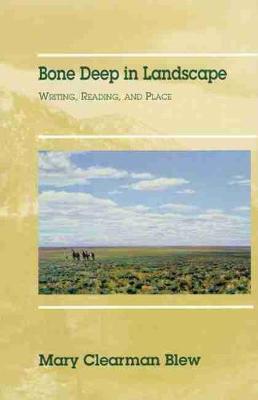Literature of the American West
2 total works
After growing up on an impoverished homestead in Montana, Imogene enjoyed the modest comforts of living in a small town in Washington, including electricity and running water. And she experienced the dramatic changes in a school system under stress from the war: separated families, crowded classrooms, and an increasingly mobile population. Imogene's diaries find her exploring a new landscape, worrying about distant friends and family, coping with her newfangled automobile, enduring roommates, and eventually learning to cherish her independence.
Blew explores the transitional experiences of the young schoolteacher and examines traditional and non-traditional ways in which fiction and creative nonfiction recreate the life recorded in the diaries. Moving beyond Imogene's experiences, Blew asks what an inheritance of family stories and text means to a generation of readers who are experiencing transitions different from Imogene's but no less intense.
Many others have written about this land, its people, and its history, and Blew examines portrayals of the West in some of their writing, including B. M. Bower's Chip of the Flying U and the novels of Dorothy M. Johnson and A. B. Guthrie, Jr. Always her discussions are permeated with landscape and memory.
Her essays interlock nature writing, autobiography, literary criticism, and history in a collection that reflects a woman's life in the Rocky Mountain West. Blew immerses readers in a landscape of mountains and prairies, blizzards and scorching sun, and in a regional history in which Indians lose the landscape to white settlers, who find the living tough.
Bone Deep in Landscape demonstrates Mary Clearman Blew's commitments to place as a source of knowing and to living consciously--as writer, mother, scholar, and western woman.

